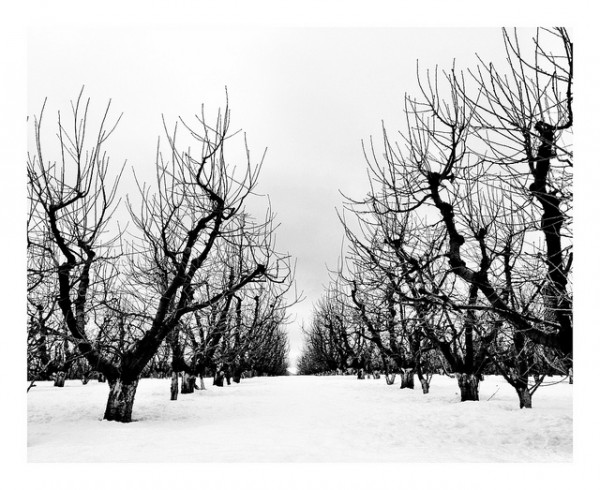Workers employed by the government or a business to do their jobs primarily in cold environments like the Arctic Circle or during the winter need to be protected from the cold. This is because leaving the workers exposed can lead to conditions like frostbite, hypothermia and trench foot – all of which are potentially deadly health conditions, particularly when there’s exposure and/or cold immersion.
If workers are already exposed, spotting the symptoms of these conditions can improve the chances of preventing losses from resulting illness, injury, or in extreme conditions even death. Workers who tend to work in the cold include construction workers, policemen, snow clearers, firefighters, miners, airport baggage handlers and utility workers to mention a few.
Some of the symptoms of cold-induced illness include uncontrollable shivering, poor coordination, slurred speech, etc. The best way for the workers to stay alive and remain in good health is to take preventive measures such as the following:
Identifying Potentially Dangerous Work Sites and Locations
Employees who work long and hard in cold weather may suffer from cold stress. The first and most obvious step therefore is to identify the specific areas where they will be working. Will they be working in predominantly cold areas with little or no moisture or will there be water too? If it’s snowing, is sleet also present? Just how low can the temperatures drop in such areas? These are some of the things any employer needs to find out before allowing their workers ride the snowmobile, work at the construction site, and/or carry heavy baggage.
Provide Proper Training
The quickest way to ensure that workers are safe is to provide them with the appropriate preventative training and what to look for in the event of excess exposure to cold. The thing about being exposed is, sometimes, the workers may not be aware that they are already exposed until it’s almost late. So, all organizations should provide their workers with training about cold-induced illnesses, symptoms and injuries.
Workers Must Always Wear Proper Clothing
This is basically common sense as most people wouldn’t go out in the snow barely clothed, but it bears repeating. All workers must be appropriately clothed with the necessary insulting work clothing and boots. Workers should also wear clothing that is easy to adjust to different weather conditions.
Provide Warm Shelters
Workers working for extended periods in cold environments should have access to warm shelters where they can take short breaks, escape the rain or sleet, and get warmed up before returning to the work site. Hot drinks like coffee or tea should also be made available for them at all times.
Schedule the Work
If there is going to be a warm or clear part of the day (this would be when there’s less snowfall), encourage workers to put in their best at this time before the temperature dips again and the weather becomes quite cold. The warm and possibly clear parts of the day not only provide an avenue for maximum productivity, workers are able to stay alive, healthy and tend to use up less energy compared to the cold part of the day.
Adopt the Buddy System
Works should always work in pairs so as to ensure that they watch out for each other. A worker all alone by himself in the cold may not notice the warning signs of exposure, and by the time he does, it could be too late. Having another worker with him will ensure that they avoid exhaustion, fatigue, and keep themselves alive.
Provide an Avenue for Periodic Checkups
Workers with preexisting medical conditions or those who are on certain medications need to be consistently monitored. This means regular medical checkups, taking note of possible drug side effects that could compromise their mental clarity, physical strength, motor skills, and reflexes while on the job. Examples of drugs that can compromise such skills include things like antihistamines.
Sources:
International Labor Organization: http://www.ilo.org/oshenc/part-vi/heat-and-cold/item/717-cold-environment-and-cold-work
US Department of Labor: http://social.dol.gov/blog/how-cold-is-too-cold-protecting-outdoor-workers-in-the-winter/
US Department of Labor: https://www.osha.gov/dts/weather/winter_weather/index.html
Center for Disease Control: http://www.cdc.gov/niosh/topics/coldstress/
Oscar King works for a workers compensation insurance company in Alaska. Due to the nature of the local weather patterns, he often has to remind businesses to manage cold weather exposure, and highly recommends using eCompliance’s health and safety software to help prevent being overwhelmed by woker’s comp claims. You can find more example’s of Oscar’s work on Google+.















